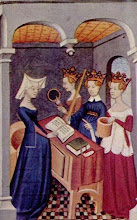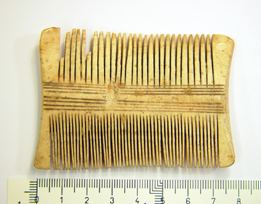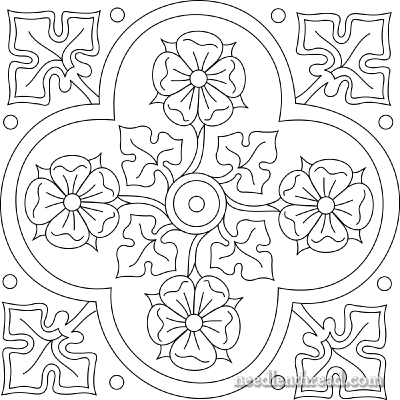In the Great Before, I would regularly start going to SCA events on the first weekend of February and have something hopping every weekend until the end of March. This year I started the first weekend in February and have yet to stop. It looks like my schedule is booked through the last Saturday in April. While I have extroverted tendencies, I'm starting to feel exhausted just from ALL the people. This may not have been my best plan ever.
The reason I have been going to so many events is that I've started teaching my Absolute Basics classes. I noticed a little bit ago that we have lots of intermediate and advanced level classes for people who are interested in going deeper into topics, but we rarely offered the starting level stuff anymore.So far I've taught Basic Knitting, Basic Hand Sewing, and Basic Fingerloop Braiding at different events, including Gulf Wars.
In Basic Knitting I teach people how to cast-on, deal with adding or dropping stitches accidentally, and how to cast-off. I also chat about different kinds of knitting needles, how to read a ball band for gauge and weight, and how to burn test fibers when you don't know what they are. I've taught the class twice this year and both times had the total gamut of experiences, from students who were emotionally disturbed by the process, all the way through people who cornered me later and demanded to be taught lace knitting.
Basic Hand Sewing is a little less physically complex for new students. I teach running stitch, back stitch, and blind hem stitching. I have them make a small pouch during the class and we discuss the differences between embroidery and surface decoration vs. structural seams.Check out these videos by the amazing Mary Corbet to see some stitching action.I also chat about the burn and bleach test and explain WHY natural fibers are worth the time and money. I've only taught this one once and all of the students were already moderately accomplished, but none of them had done a buttonhole before so that's how we finished things.
For Basic Fingerloop Braiding, I start with 3 loops or bows, each a different color. When I tried to teach it as the Basic 5 Bows, people really had trouble with tracking everything. I've also taught this class twice this year and it's been the most successful one so far. I teach a Flat, a Round, and what's called and Open lace. The Open lace is two smaller braids that run next to each other. You can attach or detach them at any point along the braid by switching from one style to another.
I want to develop my own lacing skills so I can show people how many more styles are out there. My next personal goal is the broad lace chevon of eight loops. I've been working on a Spanish Great Cloak set and feel that a trim will look better than my trying to embroider it. There are no pictures of the current state of the thing because it's really not pretty right now. I might give up and just use his idea of taking down cordage instead.
I have another Spanish Surprise in the works. If I get it finished, I'll update the blog next week when I have pictures.
See you on the Road!





















